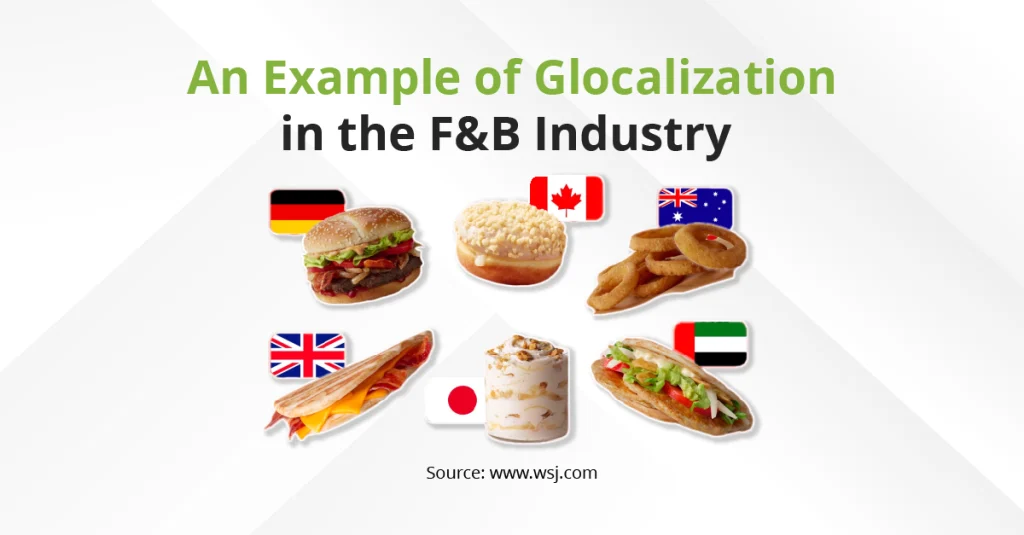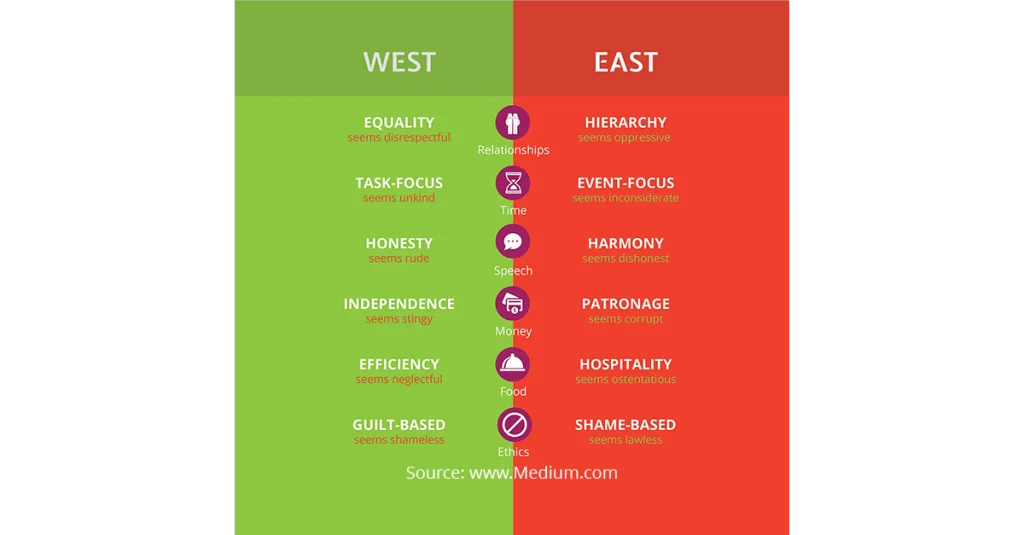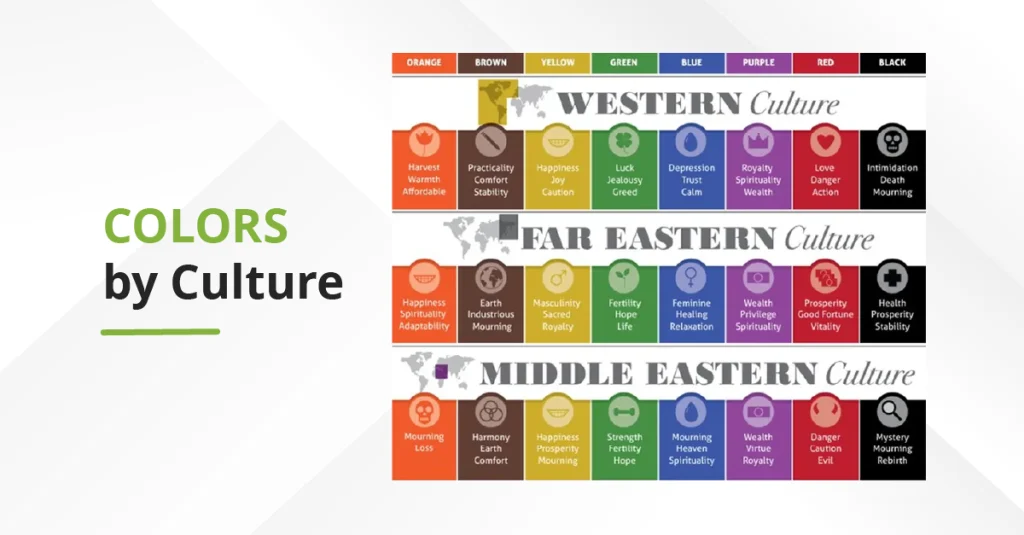Whether you’re a PhD candidate, university department, or international academic publisher—you’re in expert hands.
A brand identity is how a brand presents itself to the world. From tone of voice to colors and visuals, every element works together to create something recognizable, distinctive, and emotionally resonant.
A strong brand identity doesn’t just look different; it makes people feel something. Think of Apple: it has a sleek, minimal, and focused identity. Or Spotify: vibrant, youth-driven, informal, and playful, especially with fan-favorite campaigns like Spotify Wrapped.
When brands expand globally, communicating the same identity gets tricky. A unique identity can’t just be copied and pasted into every market. That’s where brand localization comes in: the art of preserving what makes your brand yours while adapting it to fit the expectations and values of local cultures.
In this article, we’ll explore brand localization, why it’s essential, and its best practices, starting with one of the most critical elements: understanding cultural nuances.
Ignoring Cultural Nuances: Your Ticket to Unnecessary High Costs
When global brands overlook cultural nuances, the fallout can be both expensive and very public. Pepsi learned this the hard way when its slogan was mistranslated in China as “Pepsi brings your ancestors back from the grave”—in a culture that deeply values and honors its ancestors.
Even digital giants aren’t immune. Netflix faced major backlash from fans of its Korean hit Squid Game due to subtitling issues that distorted key cultural meanings.
For example, the Korean term “ajumma” was translated as “grandma,” when it actually refers to a middle-aged woman. Repeatedly ignoring cultural nuance can directly impact a brand’s engagement and revenue.
What Brand Localization Really Means
In today’s business world, simply “going global” isn’t enough. Brands that thrive in international markets do more than translate; they personalize their product.
That’s the essence of brand localization: tailoring your messaging, visuals, and strategy to align with the language, culture, and expectations of a specific audience.
Global vs. Glocal: Why a Glocalization Approach Wins
Glocalization is the fusion of two approaches: going “global” while staying “local.” But what does that actually mean?
It’s about entering global markets while making cultural adaptations that allow the brand to blend seamlessly with local preferences.
Take McDonald’s for example. Its global strategy shines through curated menus that maintain brand consistency while incorporating local flavors. The result? A global product with local appeal.

An Example of Glocalization in the F&B Industry
Another example is Coca-Cola’s famous “Share a Coke” campaign. In the West, it featured bottles with first names. But in China, where personal names on public products can feel too intimate, the campaign was adapted to feature labels like “close friend” or “classmate.”
The 4 Pillars of Market-Specific Branding
To localize effectively, your brand must address these 4 pillars for a successful localization process:
- Cultural Adaptation: Values First
Different cultures respond to different values. Western campaigns often highlight individual success, while collectivist cultures like Japan or Saudi Arabia may respond better to messages of unity or family. Ignoring these cultural frameworks risks alienating your audience.

- Transcreation: Don’t Translate, Transform
Transcreation goes beyond word-for-word translation. It’s about preserving intent and impact, which makes “creating” content in the TL to communicate the same message a necessity.
In marketing transcreation, the main goal is to elicit emotion with a positive impact. An example of a marketing trancreation process gone wrong is KFC’s “Finger-lickin’ good.”
A direct translation into Mandarin once infamously read as “Eat your fingers off.” Today, that slogan is transcreated to evoke deliciousness in a culturally appropriate way.
- Visual Identity Localization: Speak in Color
Design choices also carry cultural meaning. A color that represents joy in one market could signal grief in another.
For example, white symbolizes purity in Western cultures but is associated with mourning in many Asian countries. A localized visual strategy considers everything from layout to imagery to iconography, ensuring that your brand looks right, not just reads right.

- Multilingual Content Strategy: Meet Them Where They Search
Localized branding must also account for SEO strategy. Latin American Spanish differs not only linguistically but also in keyword behavior from European Spanish.
Understanding how people search in different dialects and reflecting that in your metadata, web structure, and content helps your brand surface in the right searches, at the right time.
5 Steps to Optimize Your Localization Workflow
- Start with Deep Market Research
Effective localization starts long before translation. It begins with understanding the cultural codes that shape your audience’s behaviors and expectations. This includes:
- Language nuances (formal vs. informal address)
- Social norms and values
- Local traditions, holidays, and taboos
- Leverage Translation Management Systems (TMS)
Translation Memory systems store previously translated phrases and terminology, ensuring consistency across content types, especially technical documents, product descriptions, or support pages.
Bonus: TM systems also cut costs and speed up turnaround times.
- Work with In-Market Experts
Linguistic accuracy is essential, but cultural relevance is what truly builds trust. That’s where in-market experts come in.
Whether they’re localization consultants or native-speaking marketers, these professionals help you refine tone, messaging, and imagery so your campaigns don’t just land. Think of them as cultural translators, not just language translators.
- Run Test Campaigns First
Localization mistakes can be costly and often preventable. Before a full-scale rollout, pilot your content in smaller markets first.
A great example is IKEA, which learned from its early missteps in Japan. Initially, its furniture didn’t fit the country’s smaller apartments. After adjusting product sizes and marketing strategy, the brand successfully re-entered the market.
Localized soft launches let you gather insights, tweak, and correct without risking your entire campaign.
- Partner with a Professional LSP
Scaling localization across multiple markets and content types can quickly get chaotic. A localization service provider streamlines collaboration between your in-house team, translators, and developers.
3 Metrics to Measure Market Penetration Success
- Engagement: Track local shares, comments, and in-language reviews.
- Brand Resonance: Use surveys or polls to measure local perception.
- ROI: Analyze performance of region-specific content and campaigns.
Start a Smart Localization Strategy with bayantech
Crafting a brand identity that feels personal and resonates with your audience is not an easy challenge. And to create the same success story in international markets is even more difficult, but not when a professional team of linguists and localization specialists are handling it.
Partner with bayantech for your brand localization plan; whether you’re starting small or big, our team will ensure that your message is accurately translated and is culturally fit for your audience.







